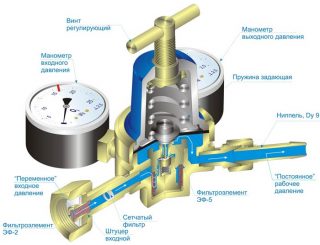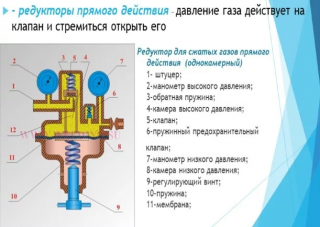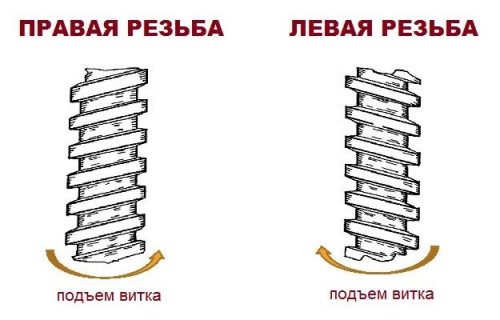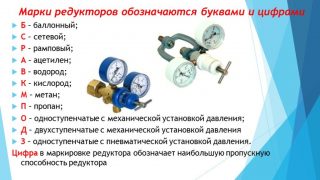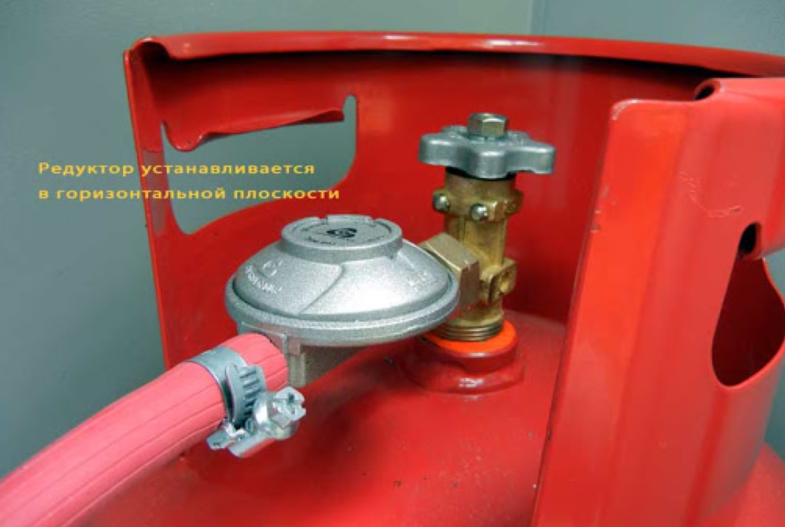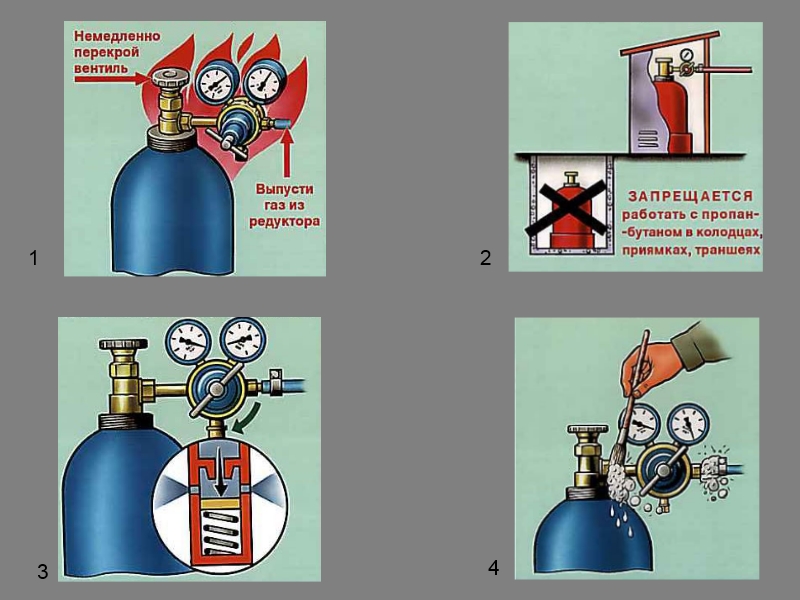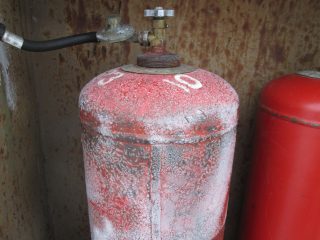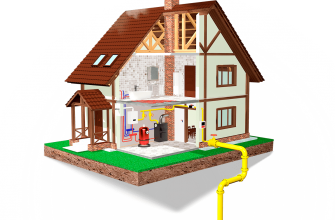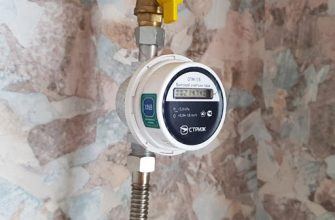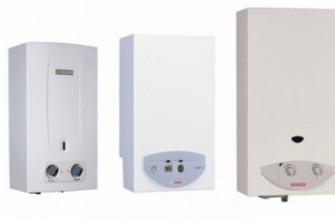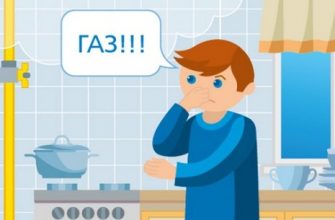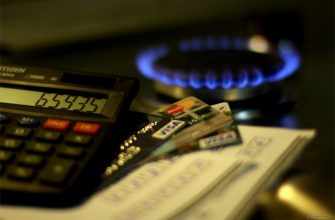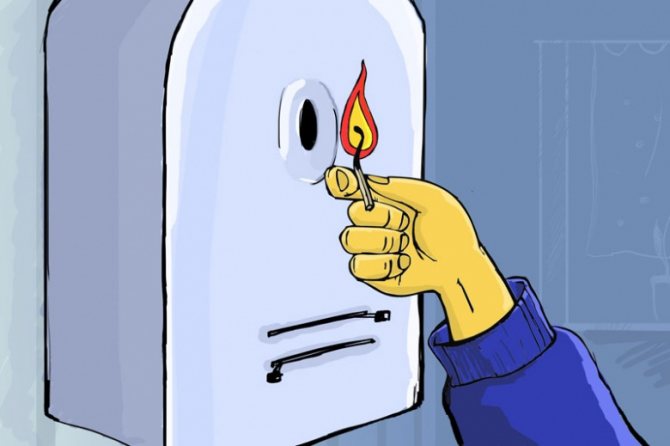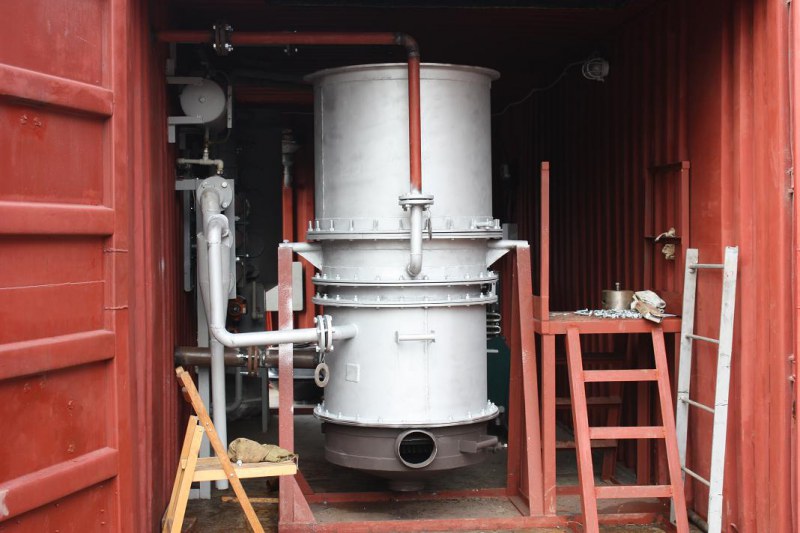In houses where it is impossible to connect to the gas main, a gas tank is installed or a bottle with liquefied gas is used. The latter option is especially beneficial if people live in the cottage irregularly or use gas only for cooking. Normal gas supply from the cylinder to the stove and the column depends on the functionality of the reducer.
Purpose of the gas reducer
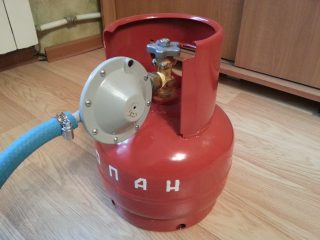
The gas mixture in the cylinder was under great pressure... This facilitates transportation, since it allows transporting a large volume of blue fuel in a relatively small container. However, the equipment - a column, a boiler, a generator - is designed for low pressure of domestic gas - no more than 0.3-0.6 MPa... To enable this transformation, an adapter is required.
Gas reducer - device to reduce the pressure of the gas sweep at the outlet of the cylinder or pipe. The same design maintains a constant gas pressure regardless of how the filling of the container changes.

Device and principle of operation
- locking spring;
- a membrane that responds to the pressure of the mixture;
- reducing valve.
The principle of operation of the gas reducer based on the opposition of two applied forces. The elastic spring tries to close the valve and interrupt the flow of natural gas. The diaphragm, on the other hand, tries to open the valve. Reduced gas presses on the flexible plate - with a low head. When its pressure decreases, the pressure exerted by the diaphragm on the valve exceeds the counteraction of the closing spring and the valve opens.
The operating position of the reducer is locked when no gas is emitted.
By design, devices are distinguished direct and reverse action... Devices are also classified according to the type of gas: reducers suitable for acetylene cylinders are not suitable for hydrogen ones.
Straight
- fitting for supplying the gas mixture;
- pressure gauge - indicates the pressure in the tank;
- return spring closing the valve;
- cell for liquefied gas;
- valve - the volume of the outgoing gas depends on its displacement;
- safety device - triggers if the pressure in the chamber has reached a critical value;
- outlet pressure gauge - indicates working pressure;
- low pressure cell - the mixture is placed here for feeding into the house network;
- adjusting screw - it regulates the displacement of the membrane;
- locking spring;
- membrane - a flexible plate that opens the valve;
- pin between spring and valve.
Through the fitting, gas from the cylinder enters the high-pressure chamber under high pressure. It presses on the lock spring, which presses the pressure reducing valve against the seat, preventing gas from entering the chamber.
At this moment, the membrane is affected by two opposing forces: spring trying to open the valve and low pressure gas in the pressure reducing chamber.If the mixture pressure decreases, the spring is straightened as the resistance drops. The valve moves and opens slightly. The gas flows into the low pressure chamber. As soon as the pressure here becomes above normal, the membrane displaces and restricts the penetration of the gas mixture. In the chamber, the gas is diluted and through the outlet it is fed into a hose or pipe.
Regulate normal working pressure using a screw: it changes the spring travel, thereby reducing or increasing the working pressure of the supplied mixture. The value is monitored on weekends pressure gauge.
Back
The mixture from the cylinder will enter the working cavity and squeeze the valve. At the same time, it shuts off the gas supply through the reducer. When adjusting with a screw, the closing spring is compressed, the diaphragm bends, which leads to the opening of the valve. In this case, gas can enter the working chamber.
Simultaneously with an increase in the pressure in the reducer, the pressure in the working chamber increases. In the end, under the action of the pressure from both sides, the diaphragm is aligned, the transfer disc lowers and releases the spring, and the latter pushes the valve into the seat and locks it. When the pressure difference is large again, the diaphragm bends and the valve opens again.

Gearbox types
Adaptations distinguish between and by appointmentas different gas mixtures require different models. there is 2 categories:
- gearboxes for combustible gases - hydrogen, methane, propane, mixtures;
- for inert gases - helium, nitrogen, argon.
Do devices different thread: right for work with inert gases and left for combustible mixtures.
Regulators are also available for work with air... They are used in air lines.
Criterias of choice
- Gas type - only models for combustible gas are used in everyday life. The options for propane or methane are the same.
- Cylinder type - tanks are produced that are designed to work with gas under different pressures. Therefore, the gearbox for them must be designed for the specified value.
- Dimensions (edit) - it is taken into account that the size of the gas equipment and the cylinder may be different. This parameter is indicated in the technical passport of the device.
- The presence of a regulator for changing the pressure - such models are more convenient, as they allow you to adjust the pressure in accordance with the fullness of the cylinder.

Installation and adjustment of the gearbox
The gearbox is only installed by specialists... You can also regulate the operation of the device yourself, if you strictly follow the instructions.
Balloon reducers are mounted on the cylinder body. Regulator joins straight to the outlet through the adapter. The tightness of the screw on the adapter provides a seal. On the other side of the device, a gas flexible hose with a length of no more than 3 m... The hose is connected to a stove or boiler.

System connection standards
The connection of the device is regulated by 2 standards:
- GOST - used in the CIS countries, designed for steel cylinders;
- GLK - European standard, used in the operation of composite cylinders.
Some gearbox models are equipped with a pressed-in 9 mm nipple. This makes the installation fit.
Adjustment
Adjustment in progress by turning the nut... It is easier to perform it if the cylinder is equipped with a pressure gauge on the working pipe: the pressure in the supplied mixture is reflected on the dial.
Malfunctions and repairs
In order for the device to work correctly, you need to periodically check his. It's not hard:
- 1 time a week record the data of the manometerto track the moment of spring reduction;
- Once every 3 months, check the tightness of the gaskets - apply a soap solution to the joints and observe if bubbles appear;
- The valve is purged once every 3 months - connect the reducer to a source with compressed air, close the outlet and blow through the device until the overpressure protection is activated.
Self-repair of the regulator is prohibited., since there is a risk of leakage if parts are damaged or if the tightness is lost. But there are malfunctions that you can fix yourself.
What to do if the gas regulator freezes
Resolve the situation can be done in 2 ways:
- heat cylinders, install a heated reducer;
- reduce gas consumption.
Do not insulate cylinders by wrapping them with heat-insulating material.

